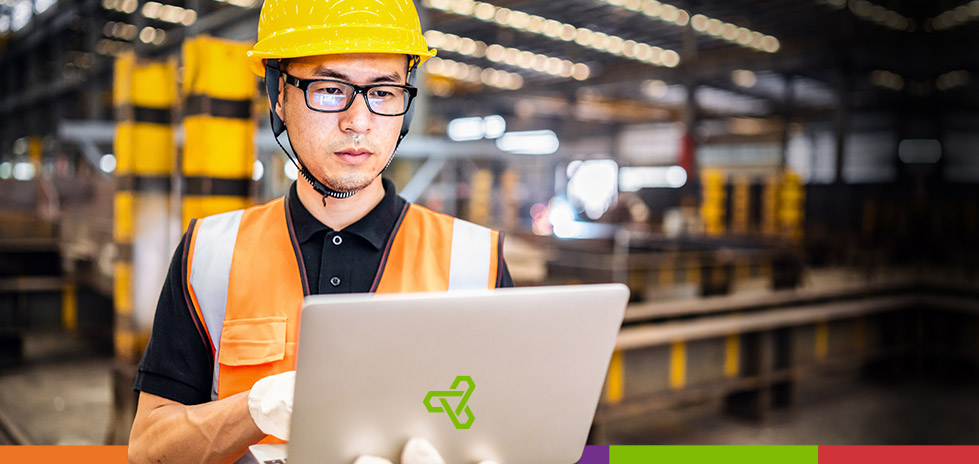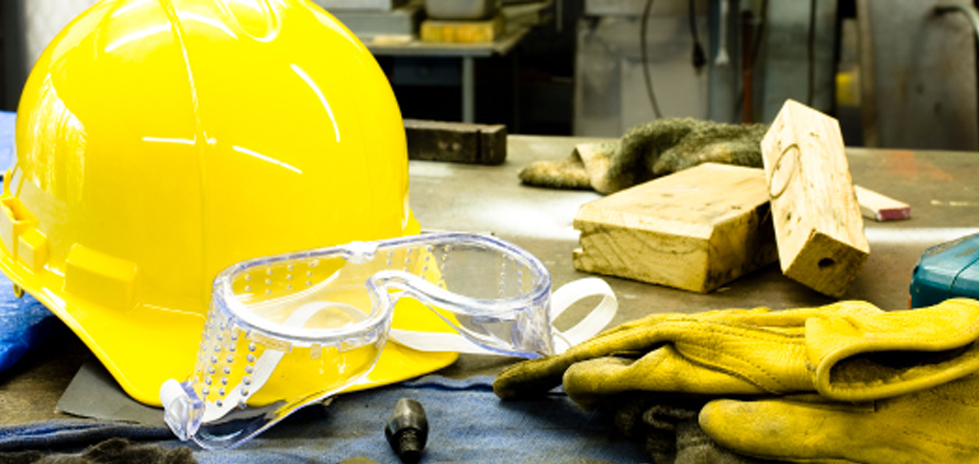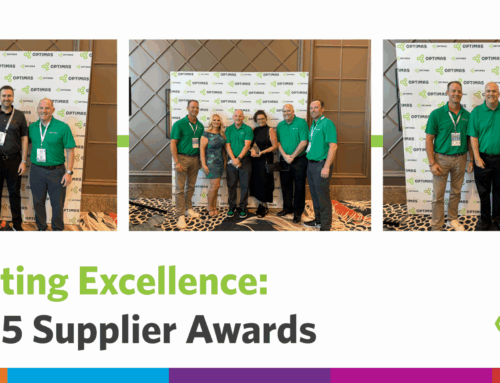
3 conseils pour la gestion de la chaîne d'approvisionnement : mise à l'échelle
À l’heure actuelle, les fabricants sont plus conscients que jamais de leurs chaînes d’approvisionnement. Cette prise de conscience a soulevé de nombreuses questions sur la manière d’améliorer l’efficacité et la résilience. J'ai passé près de trois décennies en tant que professionnel de la distribution et de la chaîne d'approvisionnement, je comprends donc les défis liés à l'équilibre entre la continuité de l'approvisionnement et la demande des clients. Les responsables de la chaîne d’approvisionnement font face à une complexité croissante alors que le COVID-19 a révélé les vulnérabilités même des chaînes d’approvisionnement les plus sécurisées. Savoir simplifier les domaines complexes et stabiliser les maillons faibles vous permettra d’augmenter ou de réduire rapidement votre activité en fonction de l’évolution de la demande. Vous trouverez ci-dessous quelques conseils persistants pour rationalisez votre gestion des pièces for a stronger, more resilient supply chain.
3 conseils pour rationaliser la gestion des pièces
Points clés à retenir : recherchez un fournisseur offrant une visibilité et une sécurité dans ses lignes d'approvisionnement, soutenu par la technologie nécessaire pour gérer la demande future quelle que soit la pandémie.
1. Trouver une source unique pour les pièces standard
La sélection d'une source unique pour les pièces standard est une première étape solide vers la réduction de la complexité de la chaîne d'approvisionnement. Recherchez un partenaire suffisamment expérimenté pour évoluer à la hausse ou à la baisse pour répondre à vos besoins, idéalement avec des partenaires étroitement gérés dans plusieurs régions.
2. Choisissez la vitesse et l'accessibilité
Une fois que vous avez consolidé votre réseau de fournisseurs, assurez-vous que tous ceux qui restent à bord disposent des ressources (technologie, personnel et stabilité financière) pour répondre à votre production à mesure que vous évoluez. Votre partenaire de la chaîne d'approvisionnement doit être hautement fiable, hautement accessible et axé sur vos besoins. Ils devraient être en mesure de tenir la promesse d'une commande rapide et facile pour vos pièces les plus couramment utilisées. Qu'il s'agisse d'un masque facial ou d'une rondelle de hockey, avoir la confiance que votre partenaire peut livrer est une qualité fondamentale. (Et oui, nous avons rencontré des appels d'urgence pour des rondelles de hockey. Cela arrive.) C'est ce que font les partenaires.
3. Exigez des données en temps réel
Along with consolidating your suppliers and vetting them for speed and reliability, ask them how they can support you with real-time visibility into your supply chain. Real-time production and shipment visibility can help you be proactive about gaps or potential disruptions to your supply chain–both critical to scaling up. Knowing where your parts are, what you’re running low on, and what you’re overstocked on will help you streamline your parts management and avoid costly disruptions to your supply chain.
Astuce bonus : trouvez un fournisseur avec une stabilité financière éprouvée
Même le partenaire le plus réactif et le plus axé sur le client peut être vulnérable aux forces extérieures. Malheureusement, j’ai vu de nombreux fournisseurs faire faillite depuis le début de la pandémie. La dernière chose dont vous avez besoin est de développer une relation avec un fournisseur pour ensuite le voir cesser ses activités lorsque le marché prend un virage brusque à gauche. Recherchez un partenaire avec stabilité financière avérée qui peut non seulement résister à la tempête à vos côtés, mais aussi vous aider à avancer lorsque les choses deviennent difficiles.
Un mot rapide sur la relocalisation de votre gestion des pièces standard
Le COVID-19 a toujours un impact sur la gestion des pièces et les fabricants manifestent un intérêt accru pour la relocalisation, la régionalisation ou l'utilisation d'un modèle Chine + 1 pour leurs chaînes d'approvisionnement.
As a matter of fact, Optimas recently opened a new distribution center in St. Louis to support manufacturing customers who need reliable, fast delivery of standard parts. This strategic location, in the middle of the country, along with a robust supply chain and vendor portfolio, has proven invaluable to customers. It has allowed them to scale with customer demand, improve cash flow, and minimize risks in a time when their competitors are struggling with lockdowns in Europe and delays from China.
Préparer votre chaîne d'approvisionnement pour tout ce qui vient ensuite
S'il y a une chose que 2020 m'a apprise, c'est que notre monde a évolué et qu'il continuera à l'avenir. Les usines de fabrication sur tous les continents continueront d'observer des protocoles de sécurité accrus même après la mise en place d'un vaccin. Cela signifie qu'il y aura également une demande continue pour d'autres consommables, comme les EPI et les produits de désinfection.
Vous pouvez rationaliser encore davantage vos opérations en vous associant à un partenaire capable de fournir des pièces standard et EPI et MRO to stay safe and operational. Have a look at what Optimas is doing with all three of these consumables at us.optimas.com.






